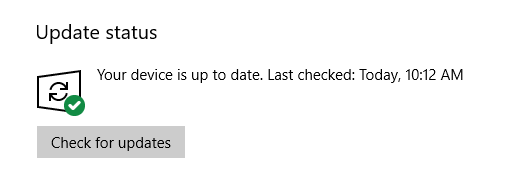
Want to update your Windows 10 system but don’t know how? Don’t worry. It’s very easy. The following are the two methods that can help your download and install updates for your Windows 10 PC.
Methods to update Windows 10
You don’t have to try them all; just work your way down the list until you find the one that works for you.
Method 1: Run Windows Update
The simplest and most effective way to install Windows 10 updates is to use the built-in Windows Update component:
1) Click the Start button in the lower left corner of your screen.
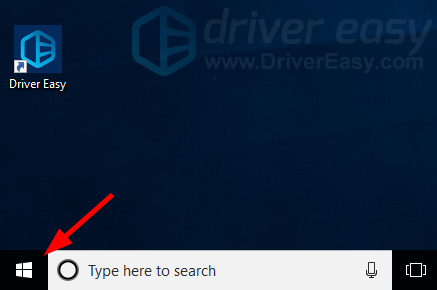
2) Click the Settings button.
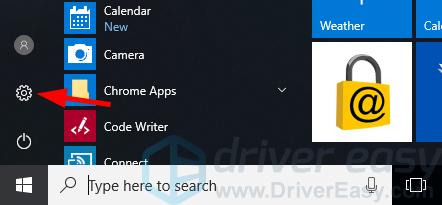
3) Click Update & Security.
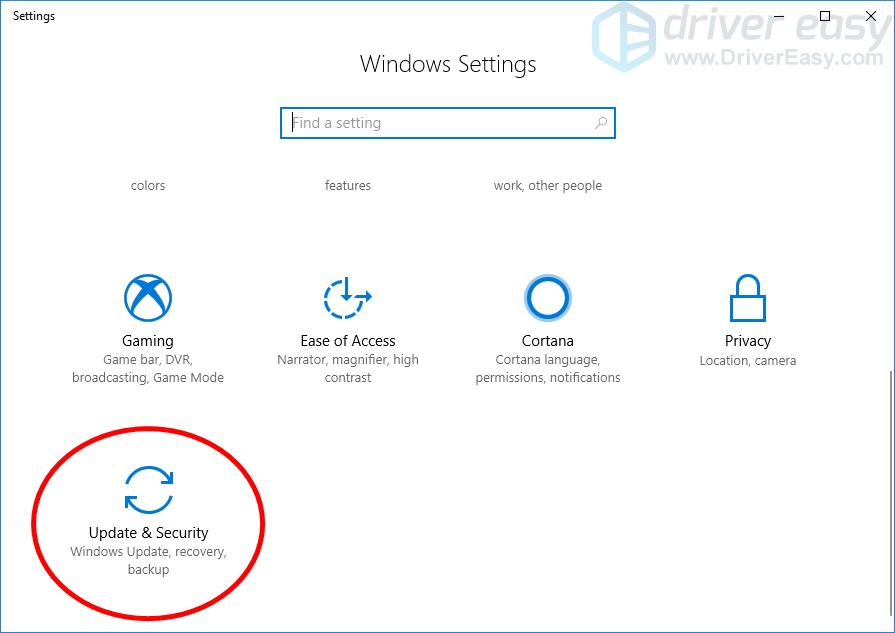
4) Click Check for updates.

If you’ve installed all necessary updates for your system, the tool will tell you your device is up to date. Or it will automatically download and install updates for you.
But sometimes your Windows Update may fail to download or install updates for you. And you may need to…
Method 2: Download updates from Microsoft Update Catalog
If your Windows Update can’t download or install updates for you, you should try downloading updates manually from Microsoft Update Catalog:
1) Click the Start button in the lower left corner of your screen. Then type “information” and click System Information in the list of results.
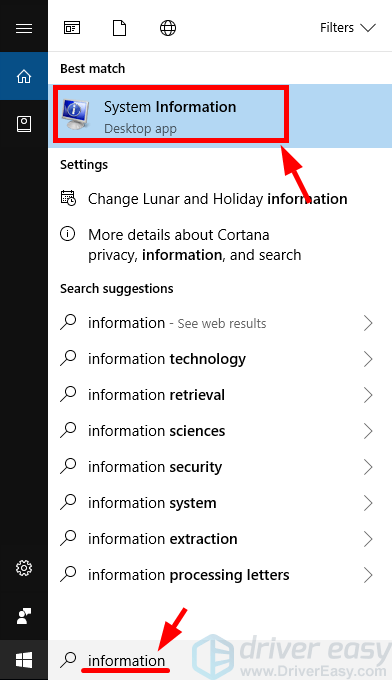
2) In the System Information window, check your the System Type of your operating system (whether it’s x64-based, x86-based or ARM64-based).
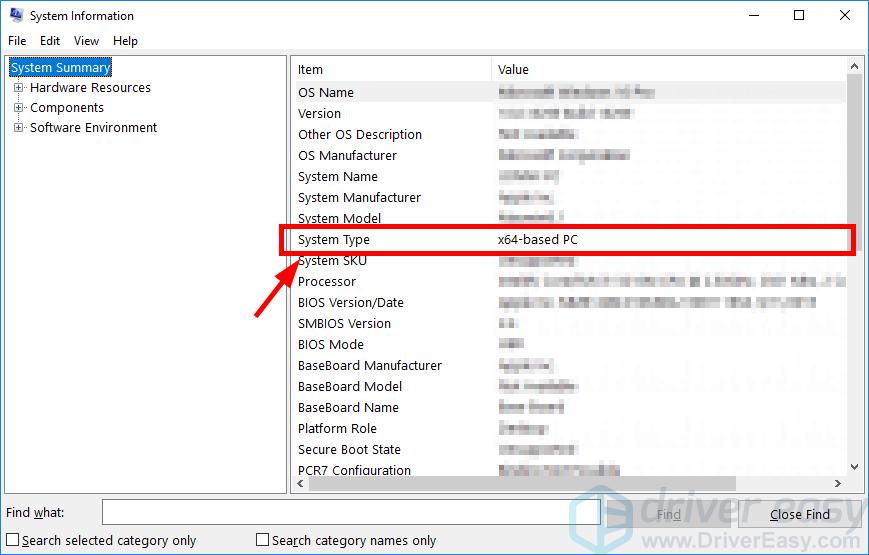
3) On Windows Update, note down the system update you failed to install. (You may need to get the information from the update history.)
![]()
4) Go to Microsoft Update Catalog. Then search the update code.
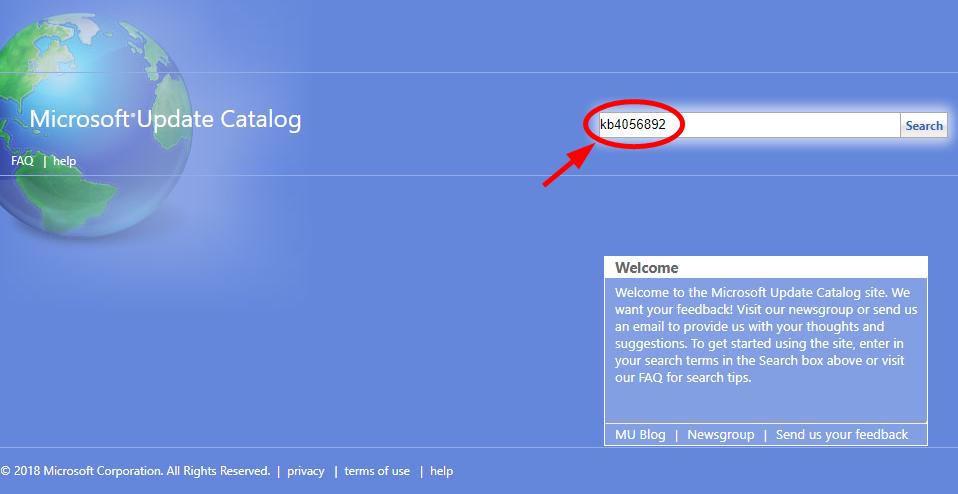
5) Find the update suitable for your operating system (Windows 10) and system type (x86-, x64- or ARM64-based). Then click Download next to this update.

6) Click the link on the new window to download the update.
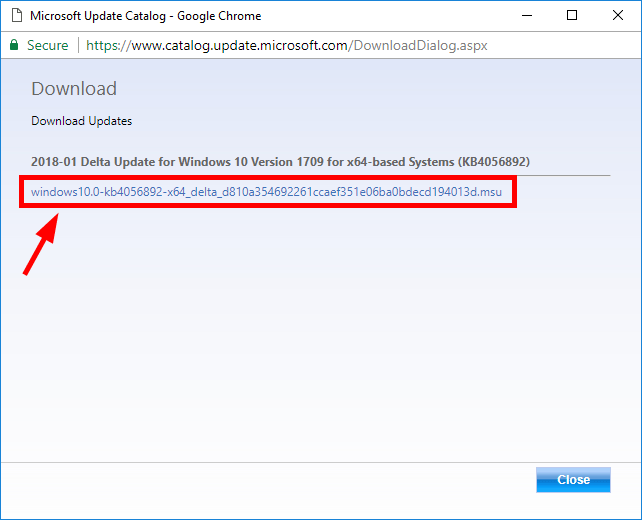
7) Open the file you’ve just downloaded and follow the on-screen instructions to install the update.
Note that some updates can’t be downloaded from Microsoft Update Catalog. So Windows Update should always be your first option when you’re trying to update your Windows 10 computer. And if your Windows Update component is not working properly, you should try the following guide to fix it.
Fix Windows Update
Your Windows Update may not be working properly if you’re using a wrong device driver or it’s out of date. You should update your driver and see if this fixes your Windows Update. If you don’t have the time, patience or skills to update your drivers manually, you can do it automatically with Driver Easy.
Driver Easy will automatically recognize your system and find the correct drivers for it. You don’t need to know exactly what system your computer is running, you don’t need to risk downloading and installing the wrong driver, and you don’t need to worry about making a mistake when installing.
You can download and install your drivers by using either Free or Pro version of Driver Easy. But with the Pro version it takes only 2 clicks (and you get full support and a 30-day money back guarantee):
1) Download and install Driver Easy.
2) Run Driver Easy and click the Scan Now button. Driver Easy will then scan your computer and detect any problem drivers.
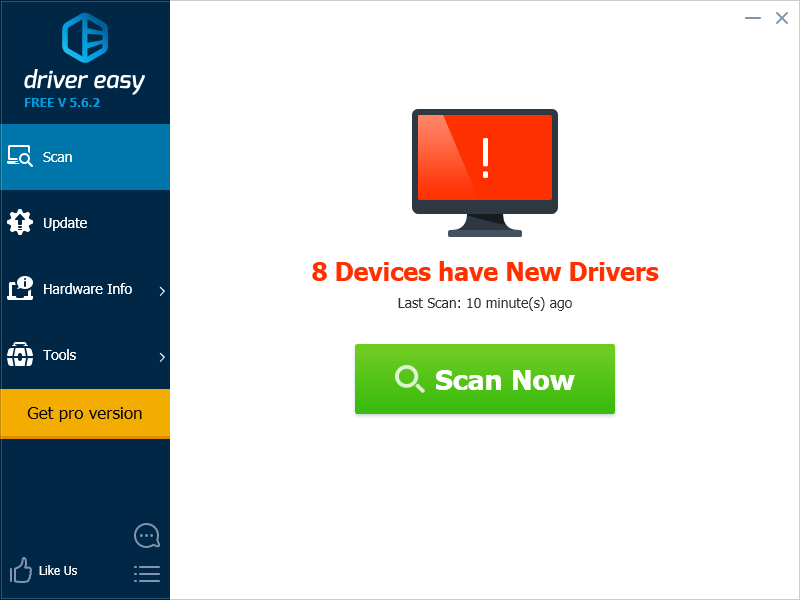
3) Click the Update button next to your devices to download the latest and correct driver for it. Then install the driver manually on your computer.
You can also click the Update All button at the bottom right to automatically update all outdated or missing drivers on your computer (this requires the Pro version — you will be prompted to upgrade when you click Update All).
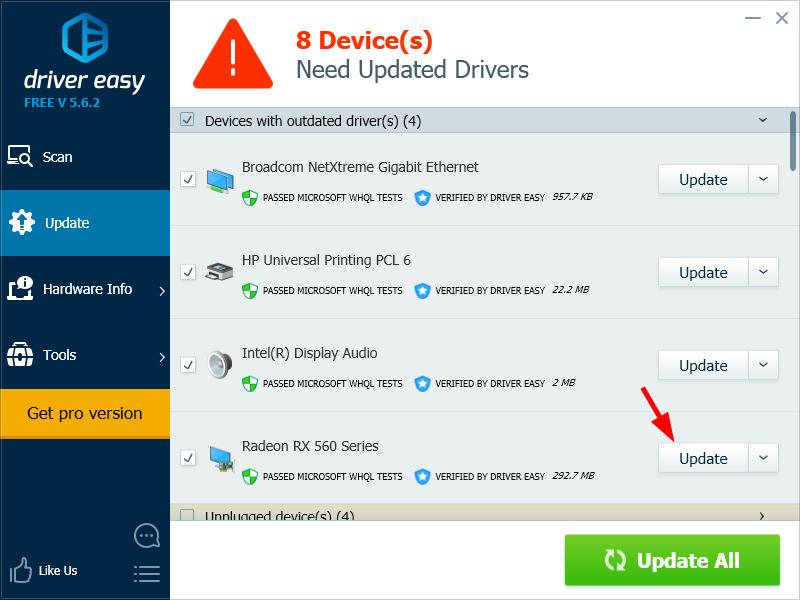
4) Restart your computer. Then check to see if this fixes your Windows Update.
If your Windows Update is working properly now, great! But if not, you may need to check this guide for more instructions on how to troubleshoot your Windows Update problems.





